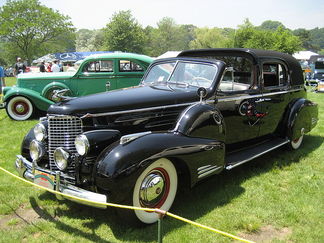 1940 Cadillac 90
1940 Cadillac 90 It appears that Cadillac is moving its global headquarters from Detroit to New York City, the “epicenter of sophisticated living.” Marketing and sales executives will occupy a “multipurpose brand and event” loft space in the “heart of a city renowned for establishing trends and setting standards for the global luxury market.”
“There is no city in the world where the inhabitants are more immersed in a premium lifestyle than in New York,” said Johann de Nysschen, the business unit's new president, in a 9/23 GM news release. “Establishing our new global headquarters in SoHo … allows our team to share experiences with premium-brand consumers and develop attitudes in common with our audience."
In other words, they hope that being in the more wealthified air of New York will rub off on their brand image as they seek to "pursue growing opportunities in the luxury automotive market with more focus and clarity."
But what the brand may need even more than new digs and a shift upmarket is a shift in its mental address – perhaps even to rename itself. “Cadillac” these days may sound as passé as “Detroit” in the minds of its "sophisticated" prospects. Clearly, the brand means different things to different people, even (or especially) on the high end. But that may be too bold, even for Johann de Nysschen .
A Cadillac dealer once told me he despaired whether the brand would ever lose its fuddy-duddy image. That was in 1989, a year after the Seville Touring Sedan first appeared in Cadillac showrooms. The big slab-sided Coupe de Villes still dominated, but the STS was performance-oriented and hinted of promise. It had an honest look, without pretense, and was more sanely sized. It didn’t claim to be something it was not (Cimarron and Catera). And it clearly marked a new path for the brand, one I hoped they’d stay on.
They did.
GM gradually repositioned Cadillac more as a luxury/performance brand than something the local bank president's wife would drive. The big Caddy sedans hung around for a good while (in time morphing into the DTS) as smaller, more aggressive performance models eventually were introduced (CTS, ATS). By 2004, STS had lost its Seville designation and got discontinued entirely in 2012, when Cadillac introduced the premium front-wheel drive XTS flagship to replace both STS and DTS. And, of course, now there's also the ELR plug-in hybrid, SRX crossover and the big Escalade SUV.
Next step for the brand?
2015 introduction of an “elite class of top-level luxury cars” that Cadillac hopes will compare favorably to Mercedes-Benz' S-Class, Lexus LS, Audi A8 and BMW's 7 Series. Model name for the big rear wheel drive sedan: CT6.
But back to Cadillac’s New York state of mind. Should they also change the name “Cadillac” while they’re making their geographical move? Consider the possibilities!
- They could re-name the brand after Henry Hudson, since Cadillac was initially named after the man who established the fort that grew up to be Detroit. Although “Hudson” does have an outdated ring to it.
- What about Zephyr? No wait – that was a Lincoln!
- Eldorado? A huge car with a locked-in image. Same for Fleetwood.
Back in 1921, Cadillac advertised a Type 61 roadster, “the ultimate in buoyant, restful travel.” In 1940, there was the luxurious Cadillac 90. Plus the Series 62 and Series 75 Fleetwood (1960). Then it was mostly word names until the STS came along in 1988.
Don’t know about you, but I’ve become bored (even confused) with letter names for cars. Do you know the difference between Lincoln’s MKC, MKZ, MKX, MKS and MKT? I don’t – and don’t care to learn, even though I might like the products. Cadillac's three-letter names can be confusing, too.
So what fresh new model names should replace Cadillac's t-i-r-e-d old ones? Their newest naming scheme supposedly will combine letters with numbers. “CT” means it’s a car. “6” means high up in the Cadillac model hierarchy. Thus: CT6 (although I've also seen the new rear-wheel drive car referred to online as the LTS).
However, I suggest a scheme that combines the best of both worlds: words + numbers. The CT6 would become the CAD-6. Sure, “CAD” has double meanings, but every sentient soul on Earth will know what CAD means when it comes to cars. The mind stretches readily over CAD-6 -- nice and easy.
Now all I’ve got to do is contact the marketing upper echelons at Cadillac and convince them of the total wonderfulness of my idea. I’ve heard it costs millions of dollars these days to come up with a good brand name, but the truth is, I'd settle for, oh ... half that. And while they’re at it, why not throw in a CAD-6! I’ll be delighted to show up at their new digs to claim it.
Who knows, maybe we can even get on the Today Show!
Content © by Brian E. Faulkner
About Brian Faulkner:
> blogs to establish you as the thought leader / authority in your business category
> case stories that communicate your sales successes and invite prospect inquiry
> testimonials that showcase customer / client satisfaction in 1-2 short sentences
> positioning statements to guide business development & marketing
> landing page copy to set your business or brand apart in a compelling way
> tagline development to attract the interest of your most qualified prospects
Brian also is a three-time Emmy award-winning Public Television writer / narrator. He is principal writer and narrator of UNC-TV’s popular "Our State" magazine series, on the air since 2003. His distinctive sound has been heard on many hundreds of radio spots and client videos since the 1970s. People say he has a “Mercedes voice” and sounds a bit like Charles Kuralt, which Brian considers a welcome ... but happy ... illusion.
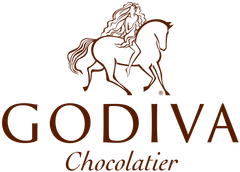
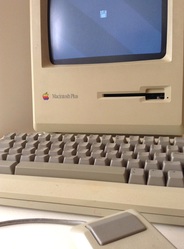
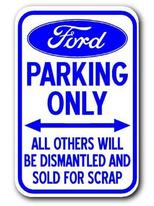
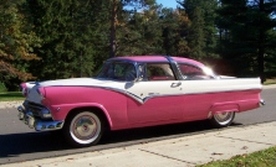
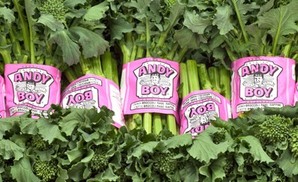
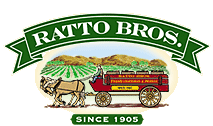
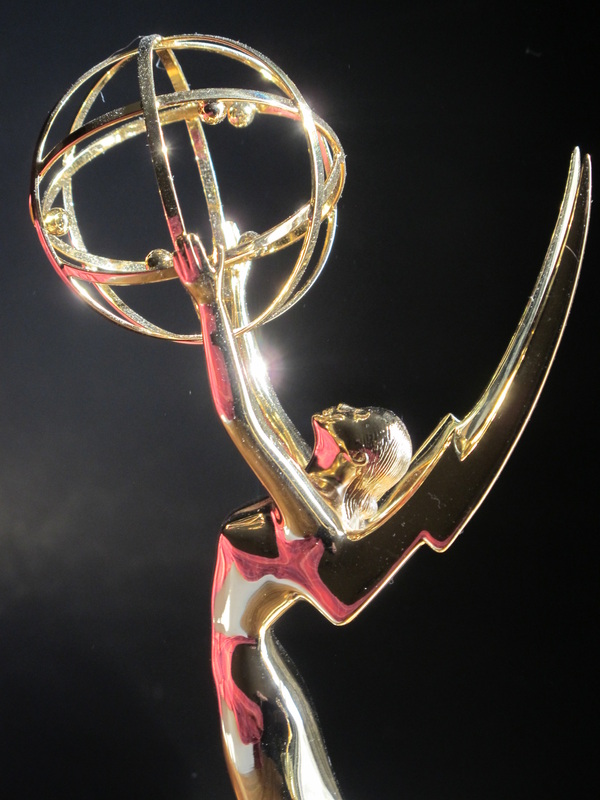
 RSS Feed
RSS Feed